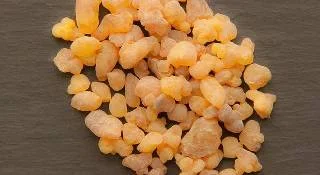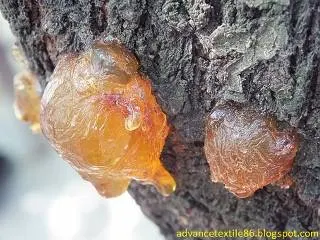Resins
Resins
are usually lubricants that are converted to rigid polymers through the healing
process. It occurs naturally but is now often made synthetically. Some
synthetic resins have similar properties to natural plant resins but many
different resin components can contain both solid and highly viscous substances
but usually refer to liquids that are hardened based on heat, setting agent, or
light. Typically, modified or synthetic resins are used for manufacturing -
these can be made with the addition of natural ingredients or synthetic
polymers. For 3D printing, resins are also used.
The
main uses of resins are to transfer stress between the fibers, clamp them
together and glue them to protect them from external factors. The first resins found
in nature in plants, bugs, or trees are examples of natural resins of amber or
shellac. These natural resins are used in some products but they are generally
flammable and incompatible, and can be soluble in liquids, making them unsuitable
for some applications.
Properties of resin
i.
Resin has excellent adhesive strength.
ii.
It has strong mechanical qualities
iii.
It has great chemical resistance
iv.
Resin has great insulating power on electronic and electrical components.
v.
It is used for coating metal
vi.
Generally, it is glue type.
vii.
It is a variety of projects for arts, DIY, and crafts
viii.
It is a fiber-reinforced plastic material
ix.
It has electrical insulators
x.
It makes soft sandy areas more solid where drilling operations are being
performed
xi.
It is like an Inflexible foam
xii.
It is a binder for mortar and cement
xiii.
Resin coatings used in the industrial sector
The manufacturing process of resin (Epoxy resin)
Most
epoxy resins are produced from a reaction between epichlorohydrin (ECH) and
bisphenol-A (BPA), although other raw materials can be used to produce modern
resins. These resins are available in both liquid and hard states and both
processes are the same. First ECH and BPA are charged in a reactor. A solution
of 20-40% caustic soda is added to the reaction vessel as soon as the solution
is brought to the boiling point. After evaporation of the unconventional ECHC,
the two steps are separated by adding inert solvents such as
methyl-isobutyl-ketone (MIBK). The resin is then washed in water and separated
by volt vacuum distillation. The producer will add specific additions to create
a formula that emphasizes special properties such as flexibility, viscosity,
color, adhesion, and quick healing depending on a particular application. To
convert epoxy resins into a hard, infusible, and rigid material, the resin
needs to be cured with the help of a hardener. Epoxy resin can heal practically
at any temperature from 5-150oC depending on the choice of healing agent.
Primary and secondary amines are widely used to cure the epoxy resin.
Uses of resins
i.
In the manufacturing of varnishes, adhesives, and food glazing agents, plant
resins are used.
ii.
The resin of Aleppo pine is used to flavor Retsina.
iii.
It is used for crease resistance and shrink resistance finishes on cellulose fibers.
iv.
It is used on wool fiber for shrink resistance.
v.
It is used on fiber for getting the permanent stiffness of cellulose fiber.
vi.
It is used in fiber for the improvement of the color property.
vii.
The process of applying resins on textile materials so that they cross-link to
amorphous regions, blocking free hydroxyl groups, preventing H-bond formation,
and providing a property-resistant crease.
viii.
It is a permanent chemical finishing for wash and wear, anti-crease, crease resist,
durable press, and wrinkle-free.
ix.
It can be applied to the surface of the material to form a coating
x.
It can be applied to the amorphous region of the material.










0 Comments